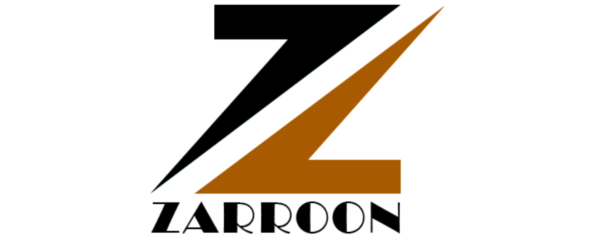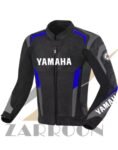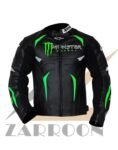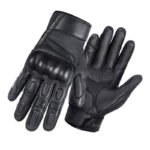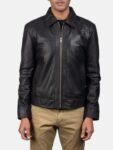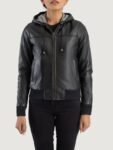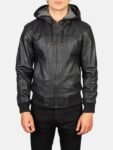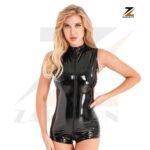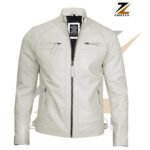HOW MANY TYPES OF LEATHER ARE ? Leather is a material that has endured throughout history, appearing in everything from the svelte accessories of modern fashionistas to the tough clothing of ancient warriors. Its adaptability, toughness, and classic elegance are what give it its lasting appeal. We’ll examine the several kinds of leather, delve into their distinct origins, and offer advice on selecting the best leather for your requirements in this extensive guide.
HOW MANY TYPES OF LEATHER ARE ?
TYPES OF LEATHER
Full-Grain Leather: The Pinnacle of Quality
The definition of Durability and Elegance The finest sort of leather is full-grain leather. Originating from the uppermost layer of the hide, it preserves the original grain along with all of its natural hardness and character. Because it can age beautifully and develop a deep patina that tells a tale of its journey with you, this type of leather is a favourite among manufacturers of luxury items.
Top-Grain Leather: The Versatile Choice
Combining Functionality and Aesthetics The midway between full-grain’s hardness and lower grades’ affordability is top-grain leather. Top-grain leather provides a more uniform appearance and good durability by sanding away defects and applying a finish layer. When a faultless appearance is required for expensive bags and coats, this is a great option.
Genuine Leather: The Misunderstood Middle Child
Reasonably priced but dependable Because of its misleading label, genuine leather frequently has a negative reputation. Actually, when the top is gone, it’s a poorer grade of leather manufactured from the remaining layers of the hide. Genuine leather is still reasonably priced and provides adequate quality for everyday leather items, even though it isn’t as strong as top-grain or full-grain leather.
Bonded Leather: A Sustainable Substitute
Sustainability and Reliability Come Together In the realm of leather, bonded leather is the recycling champion. Bonded leather, which is created from the leftover fibers and scraps from the manufacturing process, is frequently covered in a synthetic substance and kept together using adhesives. For individuals who are looking for leather-like products without having to pay a premium price tag and are also concerned about the environment, this is a terrific option.
Nubuck and Suede: The Gentle Touch
opulent comfort and texture The standard materials for velvety, soft textures are suede and nubuck. The underside of the skin, usually from lambs, is used to make suede, whereas top-grain leather that has been sanded to simulate suede exists. Although they are not as sturdy as their full-grain equivalents, both have a level of comfort and style that is unsurpassed.
Exotic Leather: The Statement Makers
Rare, Distinctive, and Luxurious Exotic leathers come from animals like alligators, ostriches, and snakes. These leathers are highly sought after for their unique textures and patterns. They’re often used in luxury fashion items, making a bold statement and adding an element of exclusivity to any piece.
The Origins of Leather: A Global Journey
From Farm to Fashion The journey of leather begins with the animals it comes from. Here’s a brief overview of the most common sources:
Cows:
The backbone of the leather industry, cowhide is renowned for its strength and versatility.
Sheep:
Known for its softness, sheepskin is perfect for clothing and delicate items.
Goats:
Goatskin is resilient with a distinctive texture, often used for durable goods.
Pigs:
Pigskin is tough and breathable, commonly used in workwear.
Ethical and Sustainable Choices: The Future of Leather
Conscious Consumerism and Innovation As the world becomes more aware of the ethical and environmental impacts of traditional leather production, alternative sources are gaining popularity. Innovations like lab-grown leather and plant-based materials are providing sustainable and cruelty-free options for the conscious consumer.
Leather’s Legacy and Future
A Material for the Ages Leather’s legacy is one of adaptability and resilience. As we move forward, the leather industry continues to evolve, offering a wider range of options to suit every preference and value system. Whether you’re a traditionalist or a pioneer of sustainability, there’s a type of leather out there for you.
USAGE OF LEATHER
- Fashion Items: Leather is widely used in fashion, for items such as jackets, pants, skirts, dresses, and vests.
- Footwear: Due to leather’s comfort and durability, leather is frequently used in dress shoes, sneakers, loafers, boots, and sandals.
- Accessory items: Different kinds of leather are commonly used to make belts, wallets, handbags, gloves, and caps.
- Furniture: Due to its opulent feel and durability, leather is frequently used to cover sofas, chairs, and ottomans.
- Vehicle Interiors: Many car, boat, and aeroplane seats are covered in leather for a touch of elegance and easy maintenance.
- Sports Equipment: Due to its grip and resistance to wear, leather is utilised in products like footballs, basketballs, and baseball gloves.
- Musical Instruments: Leather is used in the construction of some musical instruments, including drums and some wind instruments.
- Travel Products: Due to leather’s durability and strength, briefcases, duffle bags, and luggage are frequently constructed of it.
- Tech Accessories: Leather is occasionally used to create camera straps, laptop bags, and phone cases due to its fashionable appearance and protective properties.
- Horse equipment: Due to leather’s durability and flexibility, saddles, bridles, and harnesses are usually made of this material.
